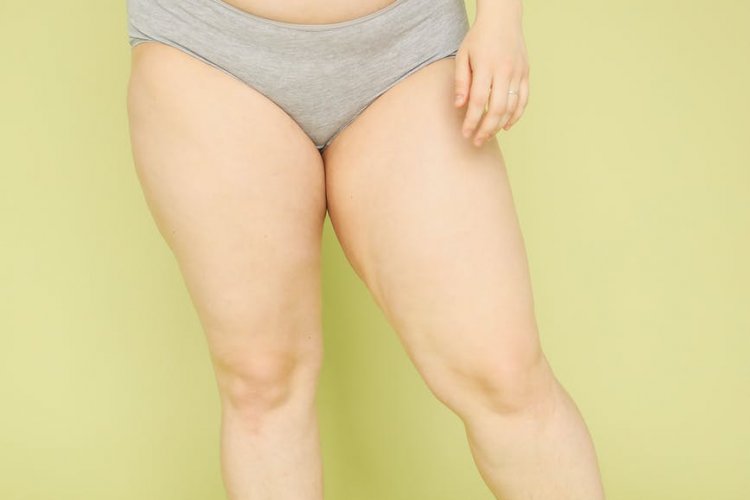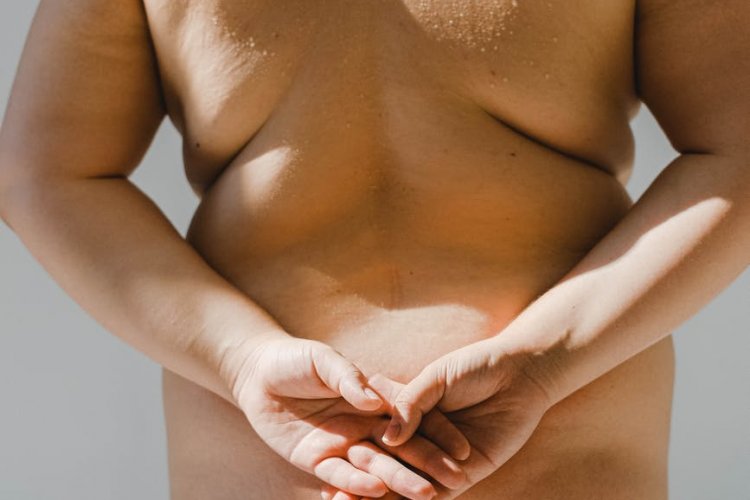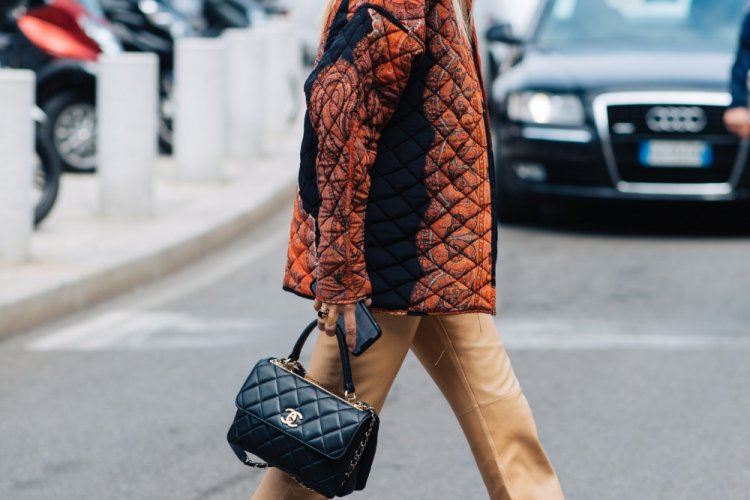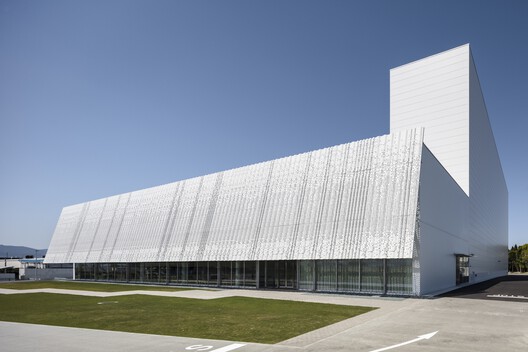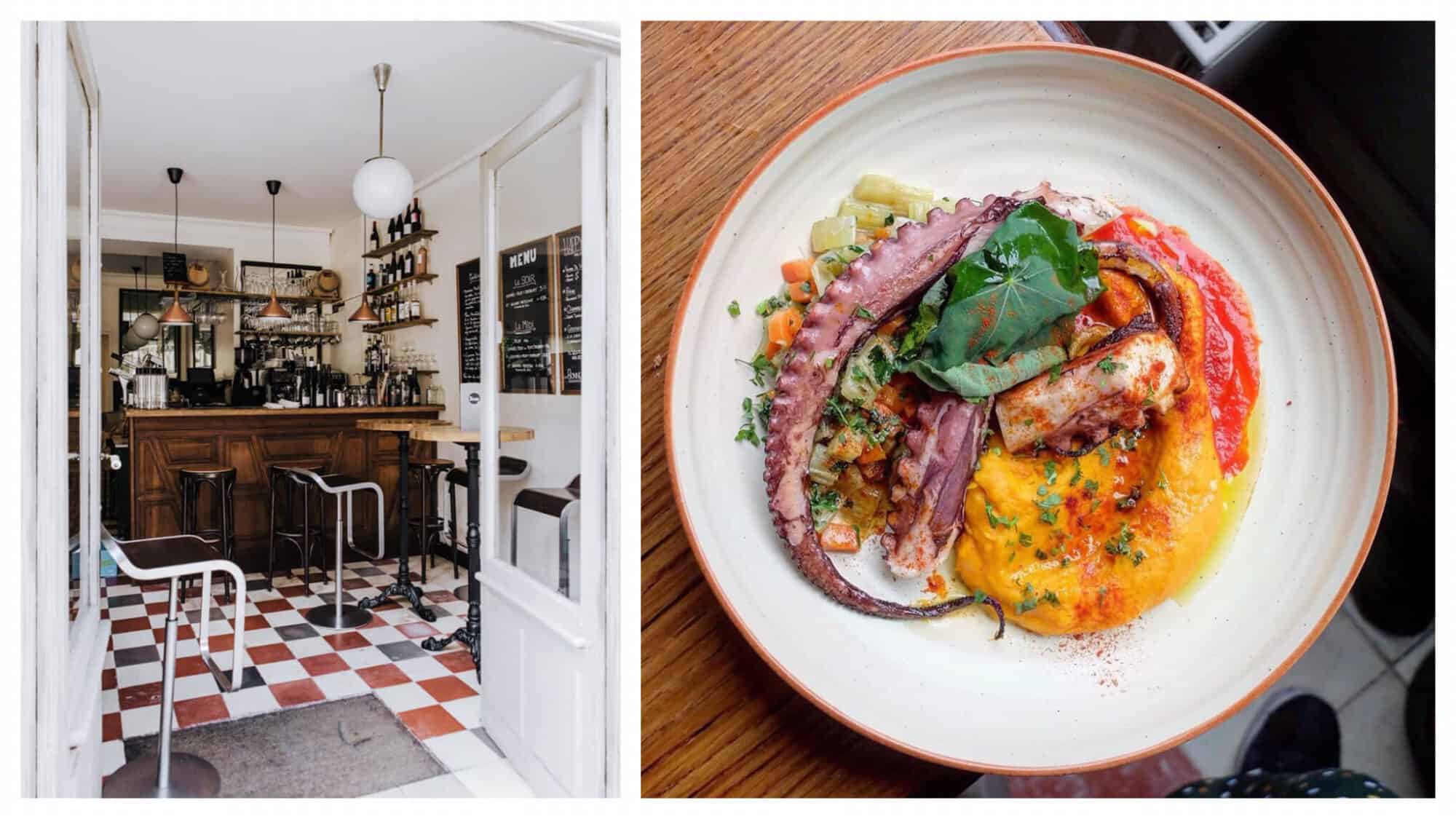Von der Leyen played hardball with China. Then she won a trade deal with Trump.
BRUSSELS — Ursula von der Leyen played hardball on trade with China in Beijing last week. Within days, she was rewarded with a trade deal with U.S. President Donald Trump.
After reaching a handshake deal at the U.S. president’s Turnberry gold resort in Scotland on Sunday, the European Commission President made clear — without name-checking China — that Washington and Brussels needed to team up to confront the competitive threat from the east.
“On steel and aluminum, the European Union and the U.S. face the common external challenge of global overcapacity,” she said — referring to China’s excess production of subsidized products such as steel, as well as solar panels or batteries. When Washington and Brussels “work together as partners, the benefits are tangible on both sides,” she added.
The EU’s deal with the U.S., which fends off Trump’s threat to raise tariffs on most EU goods to 30 percent on Aug. 1, came days after von der Leyen met Chinese President Xi Jinping and Premier Li Qiang in Beijing for what should have been a celebration, yet ended up being anything but.
Speaking after a one-day EU-China summit — marking the 50th anniversary of diplomatic relations — von der Leyen said relations between the bloc and China had reached an “inflection point.”
“Trade must become more balanced,” she said, arguing that the EU will not be able to keep its markets open to Chinese exports unless Beijing takes decisive action on the trading relationship.
In her strategy to win over the White House, von der Leyen, a transatlanticist at heart, has over recent months gradually toughened her stance toward Beijing — which in return has warned it will retaliate against any country that seals a trade deal with the U.S.
Ahead of the EU-China summit, expectations for any concrete deliverables on trade were low, with some EU officials pointing out it was an achievement the EU and China were meeting at all in the current climate. Right on cue before the summit, the EU listed two Chinese banks in its latest sanctions against Russia, leading Beijing to vent its “strong dissatisfaction and resolute opposition” at a step that it called “egregious.”
In the end, the two sides agreed a mechanism to facilitate the fast-tracking of licenses for raw materials, something many European companies had complained about as China tightened its leash on export controls over its rare earth minerals. Big spats — such as over the EU’s anti-subsidy duties on Chinese electric vehicles and access to tenders for medical devices — were left unresolved, however.
EU officials have started referring to China’s negotiation tactics as “the stinking fish strategy” — in which Beijing manufactures new frictions (aka stinking fish) that the EU then has to remove through negotiation.
The enemy of my enemy is my friend
The optics could hardly have been more different at the Scottish coast on Sunday.
Following a meeting that lasted about an hour, von der Leyen, a grin on her face, said she wanted to “thank President Trump personally for his personal commitment and leadership to achieve this breakthrough. He’s a tough negotiator, but he is also a deal maker.”

The “breakthrough” amounted to Trump lowering his originally threatened 30 percent to 15 percent tariffs on imports of EU goods, as well as agreeing to certain sectoral exemptions.
As part of their preliminary deal, von der Leyen and Trump also agreed to form an alliance on industrial metals — steel, aluminum, copper and their derivatives — to mitigate the impact of subsidized Chinese overproduction on global markets.
This alliance would “effectively [create] a joint ring fence around our respective economies through tariff rate quotas at historic levels with preferential treatment,” Maroš Šefčovič, the EU’s trade chief, said on Monday.
While terms still need to be ironed out — along with most details of the transatlantic trade deal — the alliance is part of broader plans to “join forces in addressing sources of non-market overcapacity so that we work together to address global overcapacity,” according to one senior EU official, who was granted anonymity to discuss the closed-door talks.
Looking east? Looking west
Initially, after Trump’s return to the White House, hopes were high for a diplomatic reset of the bloc’s relations with China, or at least a gradual détente.
In a speech to EU ambassadors in February, von der Leyen said the EU needed to “engage constructively with China,” adding that “we can find agreements that could even expand our trade and investment ties.”
The unusual openness was welcomed by Beijing, which seemed keen to build ties with the EU when Washington later hiked tariffs to 145 percent. But when China hit back by imposing strict controls on exports of rare earths, Europe was caught in the crossfire — and von der Leyen’s conciliatory tone didn’t last.
At a summit of G7 leaders in June, von der Leyen accused China of “weaponizing” its leading position in producing and refining critical raw materials.
And, speaking to European lawmakers shortly before the EU-China summit, she took aim at China’s industrial overproduction, export restrictions and its support for Russia’s war against Ukraine.
In the end, von der Leyen’s hawkish stance on Beijing may have helped her seal a deal with Trump. But it’s a strategy that risks backfiring and being less effective than the Commission hopes.
“The current U.S. leadership seems more interested in striking a bilateral deal with China than in collaborating with allies and partners to deal with the challenges posed to the U.S. and the world,” said Francesca Ghiretti, director of the China Europe Initiative at the RAND think tank.
Ghiretti added that the EU’s alignment with the U.S. on China “does not give any immediate advantage or relief in the tensions between the U.S. and the EU.”
The EU, she said, should “carry on with an approach to China that is about the EU and China, rather than the role China may play in the EU’s relation with the U.S.”

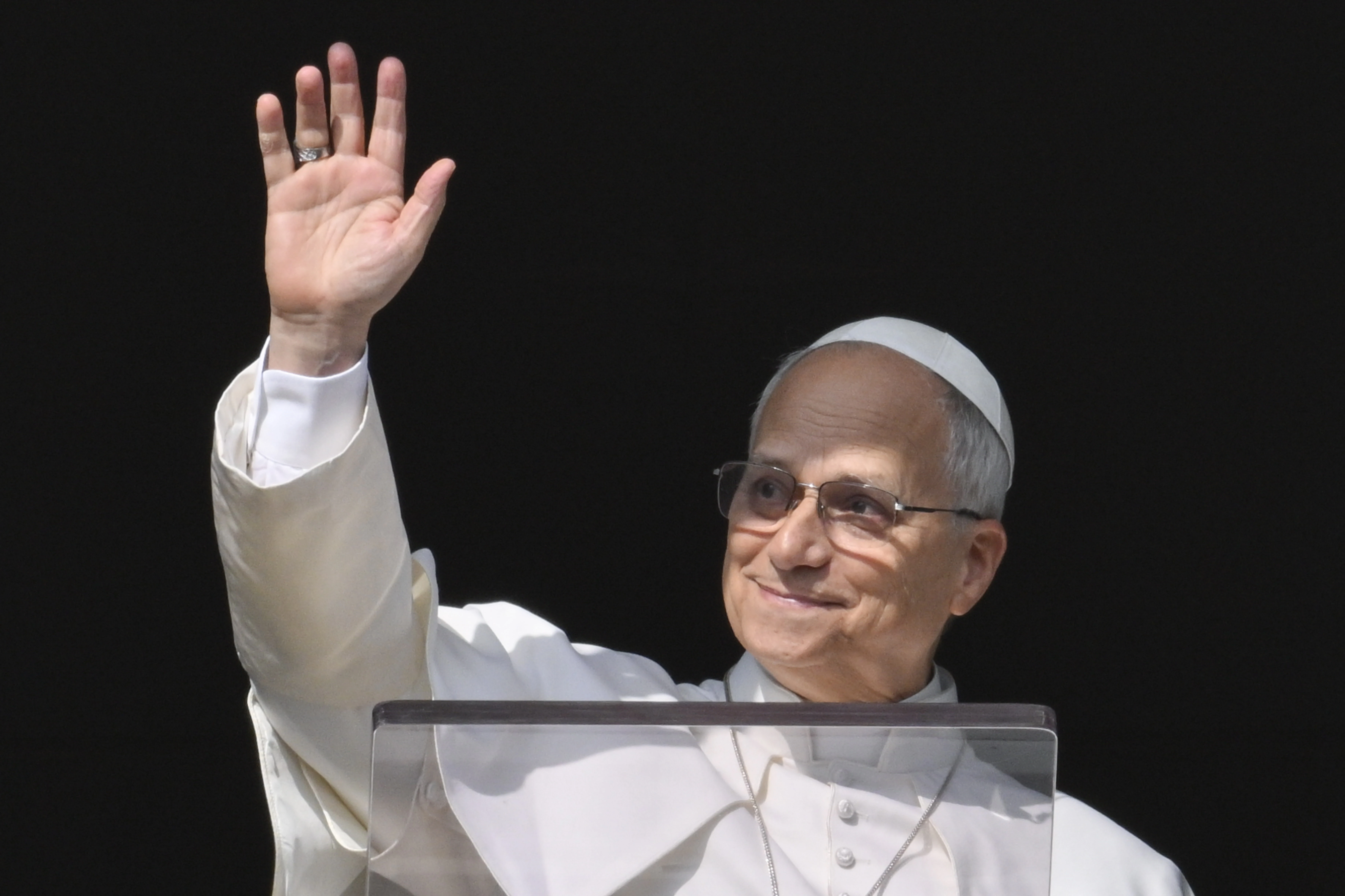


















:quality(85):upscale()/2023/09/18/918/n/1922398/a1136b676508baddc752f5.20098216_.jpg)
:quality(85):upscale()/2025/10/09/670/n/1922283/00b944c868e7cf4f7b79b3.95741067_.jpg)
:quality(85):upscale()/2025/10/15/765/n/1922398/29c37a6e68efd84bb02f35.49541188_.jpg)
:quality(85):upscale()/2025/09/09/891/n/1922283/7222624268c08ccba1c9a3.01436482_.png)
